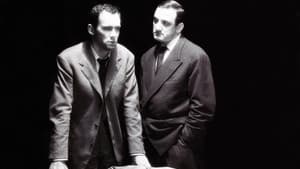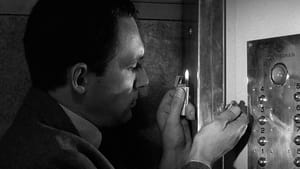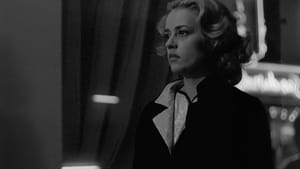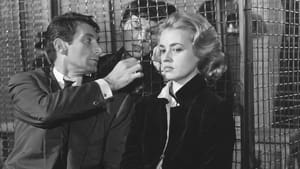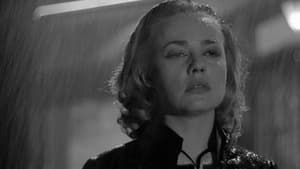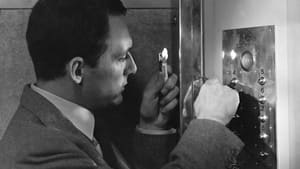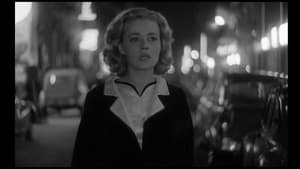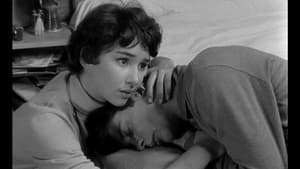Video Sources 0 Views
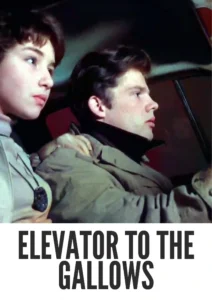
Synopsis

Step into the captivating world of French New Wave with Elevator to the Gallows, a mesmerizing crime drama from 1958, now beautifully colorized for an unparalleled viewing experience. Starring Jeanne Moreau and Maurice Ronet, and directed by Louis Malle, this film delivers a potent blend of suspense, romance, and existential angst set against the backdrop of post-war Paris. Perfect for lovers of international cinema and those seeking a stylish and atmospheric thriller, this HD download brings a landmark piece of cinematic history to your screen.
Elevator to the Gallows tells the story of Florence Carala (Jeanne Moreau) and Julien Tavernier (Maurice Ronet), lovers who plot to murder Florence’s husband. Julien, a war veteran, executes the plan flawlessly, or so he thinks. However, after staging the crime to look like a suicide, he realizes he has left a crucial piece of evidence at the scene. In his haste to retrieve it, he becomes trapped in an elevator, setting off a chain of unforeseen and fateful events.
Meanwhile, Florence wanders the streets of Paris, desperately searching for Julien, unaware of his predicament. As the night unfolds, a young couple steals Julien’s car and becomes entangled in a separate crime, further complicating matters. The film masterfully weaves together these parallel storylines, creating a tense and suspenseful atmosphere that keeps viewers on the edge of their seats. With its innovative use of jazz music and stunning cinematography, Elevator to the Gallows is a stylish and gripping tale of love, murder, and the unpredictable nature of fate.
The film boasts a stellar cast of actors who bring this suspenseful story to life:
-
Jeanne Moreau as Florence Carala
-
Maurice Ronet as Julien Tavernier
-
Georges Poujouly as Louis
-
Yori Bertin as Véronique
-
Jean Wall as Simon Carala
Elevator to the Gallows transcends traditional genre classifications, blending elements of crime drama, thriller, and romance. Its innovative techniques and existential themes mark it as a key work of the French New Wave, influencing generations of filmmakers.
Released in 1958, Elevator to the Gallows stands as a groundbreaking work of the French New Wave movement, revolutionizing cinematic conventions with its emphasis on realism, improvisation, and auteurism. The film reflects the anxieties and uncertainties of post-war France, exploring themes of alienation, moral ambiguity, and the search for meaning in a rapidly changing world. Louis Malle’s directorial debut, Elevator to the Gallows, established him as a major voice in international cinema and paved the way for future innovations in filmmaking. Its influence can be seen in countless films that followed, solidifying its place as a cornerstone of cinematic history.
This colorized version of Elevator to the Gallows has been meticulously restored using state-of-the-art digital techniques, enhancing the visual experience while honoring the film’s original artistic vision. The colorization process involved a detailed analysis of the film’s visual elements, ensuring that the colors accurately reflect the mood, atmosphere, and historical context of the story. Advanced algorithms were used to create a natural and seamless color palette, bringing new depth and richness to the characters and settings. This painstaking process allows modern audiences to appreciate Elevator to the Gallows in a whole new way, while preserving its timeless appeal and cultural significance. While debates around colorizing classic films persist, it also allows new viewers to experience the film.
-
: Louis Malle
-
: Louis Malle, Roger Nimier
-
: the novel by Noël Calef
-
: Henri Decaë
-
: Léonide Azar
-
: Nouvelles Éditions de Films (NEF)
-
: Gaumont Distribution
-
: 91 minutes
-
: MP4
-
: HD (1080p)
-
: Compatible with most devices, including smartphones, tablets, computers, and smart TVs.
Elevator to the Gallows (1958) is widely regarded as a masterpiece of French cinema, celebrated for its innovative techniques, compelling performances, and haunting atmosphere. Critics have praised Louis Malle’s direction, Jeanne Moreau’s captivating performance, and Miles Davis’s iconic jazz score. The film has received numerous awards and accolades and continues to be studied and admired by filmmakers and cinephiles around the world. As a seminal work of the French New Wave, Elevator to the Gallows remains a powerful and influential example of cinematic art.
-
: What is Elevator to the Gallows about?
-
A: Elevator to the Gallows is a crime drama about a couple who plot to murder the woman’s husband, but their plan goes awry when the man gets stuck in an elevator.
-
-
: Is Elevator to the Gallows (1958) a well-known French film?
-
A: Yes, Elevator to the Gallows is a highly regarded and influential film of the French New Wave movement.
-
-
: Is this version of Elevator to the Gallows colorized?
-
A: Yes, this version has been professionally colorized to enhance the viewing experience.
-
-
: What makes Elevator to the Gallows interesting for film fans?
-
A: Elevator to the Gallows is notable for its innovative techniques, compelling performances, and its place as a key work of the French New Wave.
-
-
: What is the download format?
-
A: The download format is MP4, which is compatible with most devices.
-
-
: What resolution is the download?
-
A: The resolution is HD (1080p), providing a high-quality viewing experience.
-
Watch Elevator to the Gallows Today!
